The National Museum in New Delhi is one of India’s most iconic cultural institutions. Established on 15 August 1949, it is stationed at the Janpath and Maulana Azad Road, both in the city center of Delhi. This place is a veritable warehouse with over two hundred thousand collected relics and items that date back more than five thousand years in Indians and other countries. It was created in response to an exhibition of Indian art at the Royal Academy of Art in London in 1947 & 48. When the first exhibition was successfully displayed in London, the artefacts returned from it were shown again at Rashtrapati Bhawan, India, which formed a reason to establish a permanent museum in India.
The construction of the facility’s building was initiated by the prime minister of India, Jawahar Lal Nehru, on 12 May 1955. The institution was officially opened for public use on 18 December 1960. Currently, the museum falls under the Directorate of Archaeological Survey of India in the Ministry of Culture and fosters the purpose of conserving the culture’s heritage.
Historical Significance and Origins
The National Museum’s genesis is deeply rooted in India’s post-independence cultural aspirations. It was prepared by the Maurice Gwyer Committee in May 1946. The first collection consisted of items donated by the participants of the exhibition in London, which was the basis for the development of the collection, which has been expanded further by purchases and gifts. Initially housed in Rashtrapati Bhawan, the museum’s permanent home was envisioned as a place to showcase India’s multilayered history.
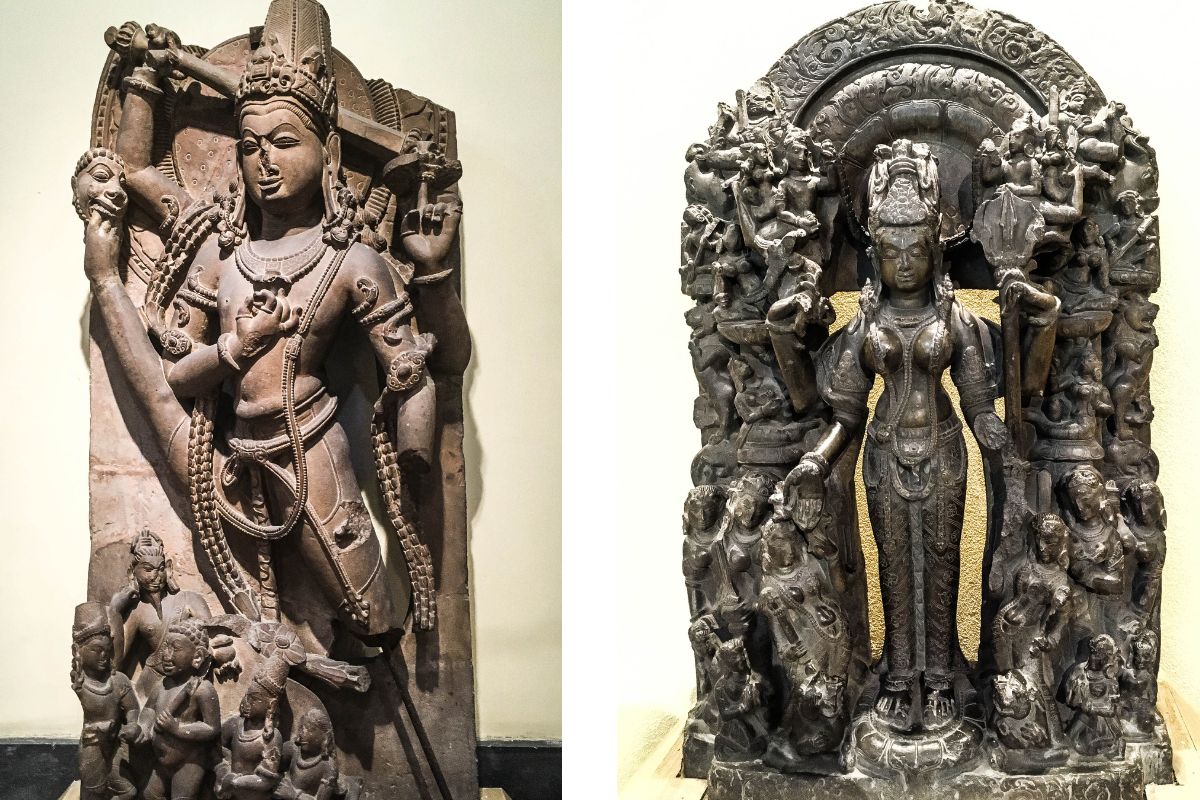
When it was established, it became a key point in preserving India’s heritage. Governor-General Chakravarti Rajagopalachari’s inauguration of the museum reflected the country’s commitment to cultural preservation during its formative years.
Collections: A Journey Through Time
The National Museum boasts an extraordinary range of collections:
On the ground floor, one finds implements, hand axes, scrapers, pot lilies from the Lower Paleolithic to Neolithic periods, and three hoards of copper objects dating from 2500 BCE to 1500 BCE. These are anthropomorphic figures from the Chandausi variety and antennae swords from Gujarat.

Indus Valley Civilization: Iconic pieces like the “Dancing Girl” sculpture highlight Harappan’s artistry. The craftsmanship of the statue, which is forged six inches of bronze, raises questions about the established roles in society of that age.
Important museums and artefacts: Buddhist art and artefacts originating from the Piprahwa area of the 5th—4th century BC are some of the most sacred pieces in the museum.
Mughal treasures: The items consist of jewellery, fabrics, costumes, and carnivals that showcase India’s artistry and date from the Mughal era decorative arts.
Arms and Armour: Again, the warfare tanka, the Tipu Sultan’s sword, and the Aurangzeb’s shamshir suggest the tradition of war in India. They have some engravings and elaborate designs on their surfaces.
It also boasts manuscripts, miniature paintings, coins and many artefacts of Central Asian origin. The others include pre-Columbian pieces, thus making it even more attractive to international visitors.
Modern Marvels: Education and Research
Beyond its historical collections, the National Museum serves as an educational hub. On its first floor, it houses the National Museum Institute of History of Art, Conservation, and Museology. This institute was formed in 1983 and has been accredited as a university since 1989. It offers only Master’s and Doctoral programmes in art history, conservation, and museology.

It is also possible to find a museum library that many people consider an interesting feature of the museum. The library is concerned with archaeology, anthropology, art, Indian philosophy, and conservation science, among other subjects, and facilitates academic research with over 70,000 volumes of books and journals. Some personal collections, such as Elwin’s and Desikacharya’s, add to its treasure.
Exhibitions: Bridging Past with Present
The National Museum regularly organizes exhibitions that bridge India’s past with contemporary perspectives. These exhibitions commonly contain thematic exhibits—Buddha relics, exhibitions from the Mughal empire, and so on—which make history more real and vibrant for spectators. Interactive exhibits like “Anubhav,” which focuses on tactile learning for visually impaired visitors, underscore the museum’s commitment to inclusivity.

Of course, temporary exhibitions are local as well as international collaborations. For example, ancient Central Asian or pre-Columbian civilizations are on display along with Indian culture.
Architectural Grandeur
The museum’s structure is a unique architectural creation of Ganesh Bikaji Deolalikar. As it is designed, its navigation is efficient, enabling one to move from one section to another, such as archaeology, anthropology, numismatics & epigraphy, paintings, arms & armour, decorative arts, jewellery, textiles, manuscripts, conservation departments, and public relations.
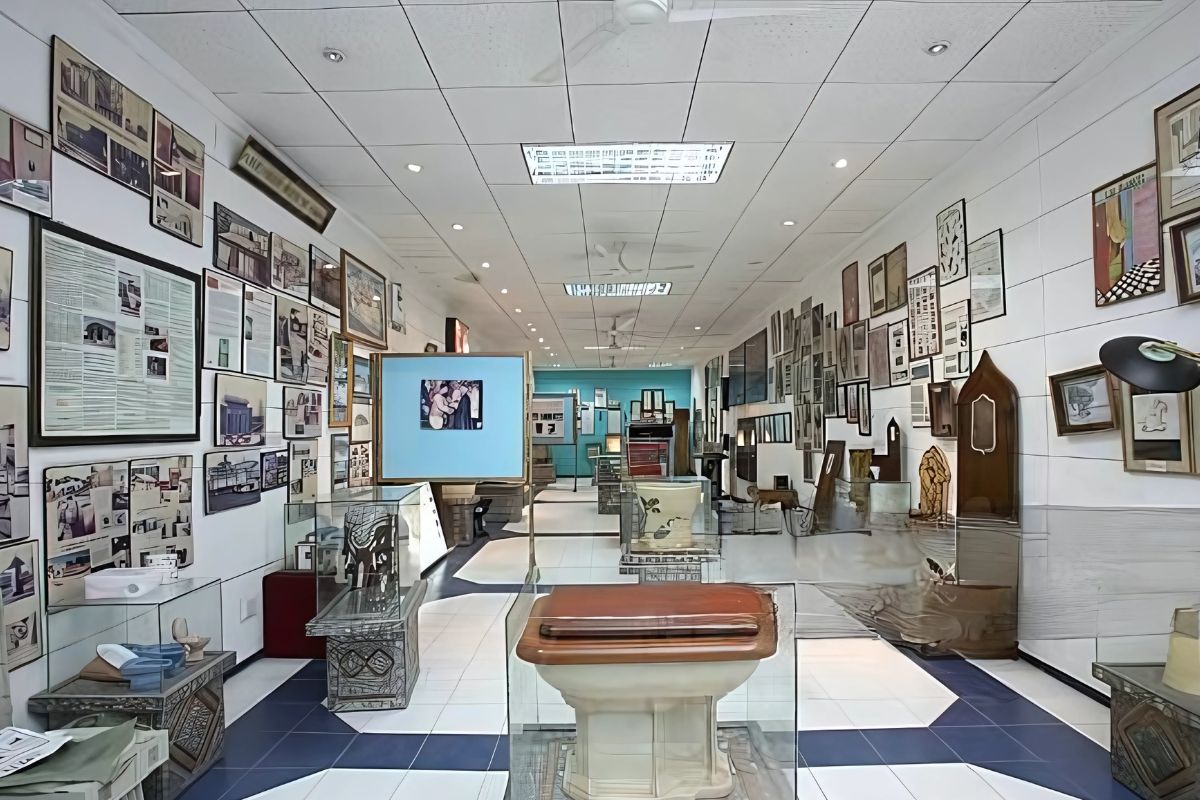
At first, invited guests can immerse themselves in the exposition of the Romanov showcase at the doorway, where metal tools from the archaic age and copper hoard weapons are displayed vertically. The spacious galleries are thoughtfully organized to highlight each era’s unique contributions while maintaining a cohesive narrative about India’s cultural evolution.
Must-See Exhibits at the National Museum in Delhi
The National Museum in Delhi is a treasure trove of historical artefacts and cultural relics, offering visitors a journey through India’s rich past. The following are some of the portions of the displayed collections that should not be missed:
The Dancing Girl of Harappa
The other significant display is the Dancing Girl of Harappa, a bronze sculpture from the Indus Valley Civilization, dated 2700-2100 BCE. This minimally sized work is 4 inches long and cast in the lost wax process, which is said to be highly detailed and artistic.
Miniature Paintings
The museum has a large collection of miniatures of Mughal, Rajasthani, Pahadi, and Deccani schools. These paintings are particularly unique in terms of the details and topicality of the inside canvases of the objects depicted, which represent mythological scenes and the life of the royal family.
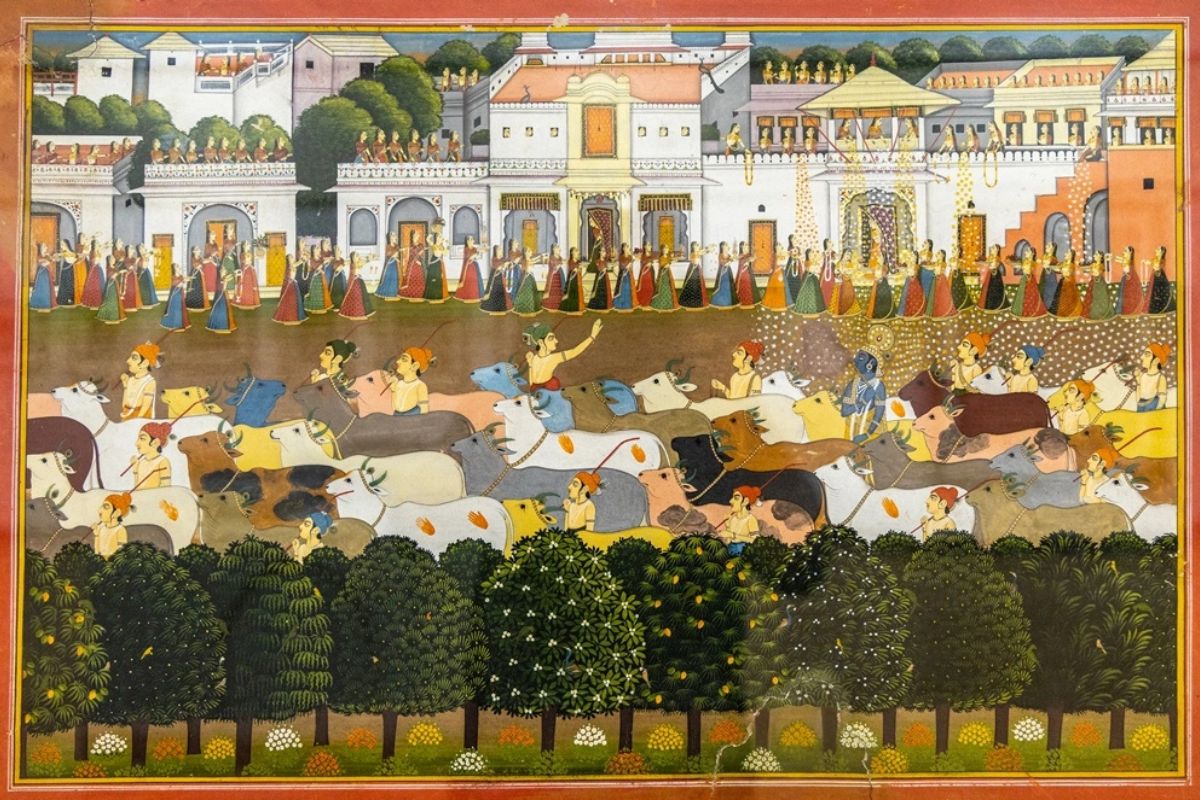
Sacred Relics of Buddha
The museum also has some relics of Buddha, which are sacred to all Buddhists regardless of country or nationality. Most of these relics are inherent proof that India is a part of Buddhist religious history.
Central Asian Treasures
Situated near the Silk Route to present to the world, the collection belonging to the museum is of Central Asia.
Decorative Arts Gallery
The arts applied in this gallery include ivory, jade, ceramics, and wood carvings. Among the artefacts, the throne of the Raja of Varanasi, along with many games and leisure items of the past, could be identified.
Arms and Armour Gallery
This gallery includes stone-age weapons, medieval weapons, and death weapons from the Mughal age in India, such as the sword and dagger of Aurangzeb and the shield of Maharana Sangram Singh II.
Indus Valley Civilization Exhibits
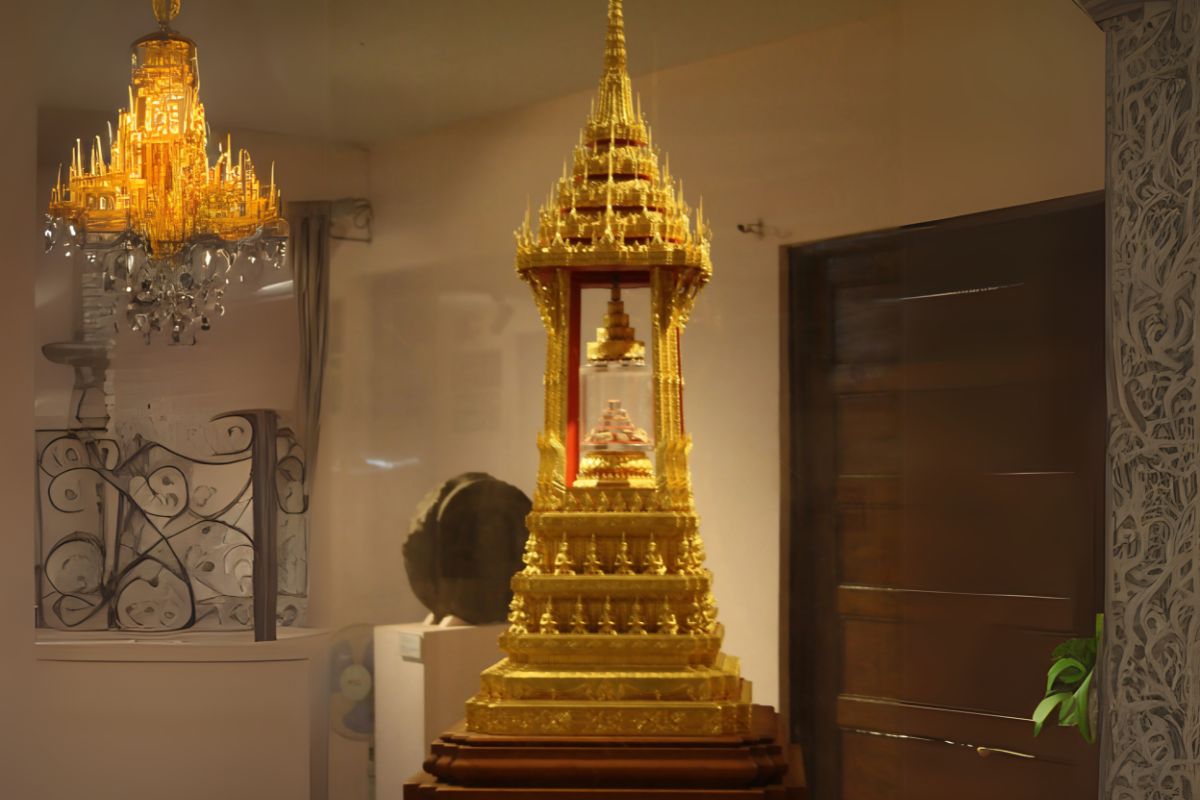
Apart from Dancing Girl, the museum has other Harappan articles, including seals, terracotta toys, and pottery. These artefacts provide information and an understanding of the Harappans’ culture and lifestyle.
Pre-Columbian and Western Art
The museum also contains two more categories of art, pre-Columbian art and Western art, that provide an overview of the world beyond the borders of the Indian subcontinent.
Textiles and Jewellery
The museum’s textile and jewellery collections include exquisite pieces like Phulkari from Punjab and Mughal-era jewellery, showcasing India’s rich craftsmanship in these fields.
Manuscripts and Coins
The museum also has manuscripts and a collection of coins, including manuscripts from the Mughal era and pure gold coins from the 1st century, proving that India was literate and wealthy. They represent Indian culture and tradition but also give a generic view of the history of India and what they have achieved in the artistic field.
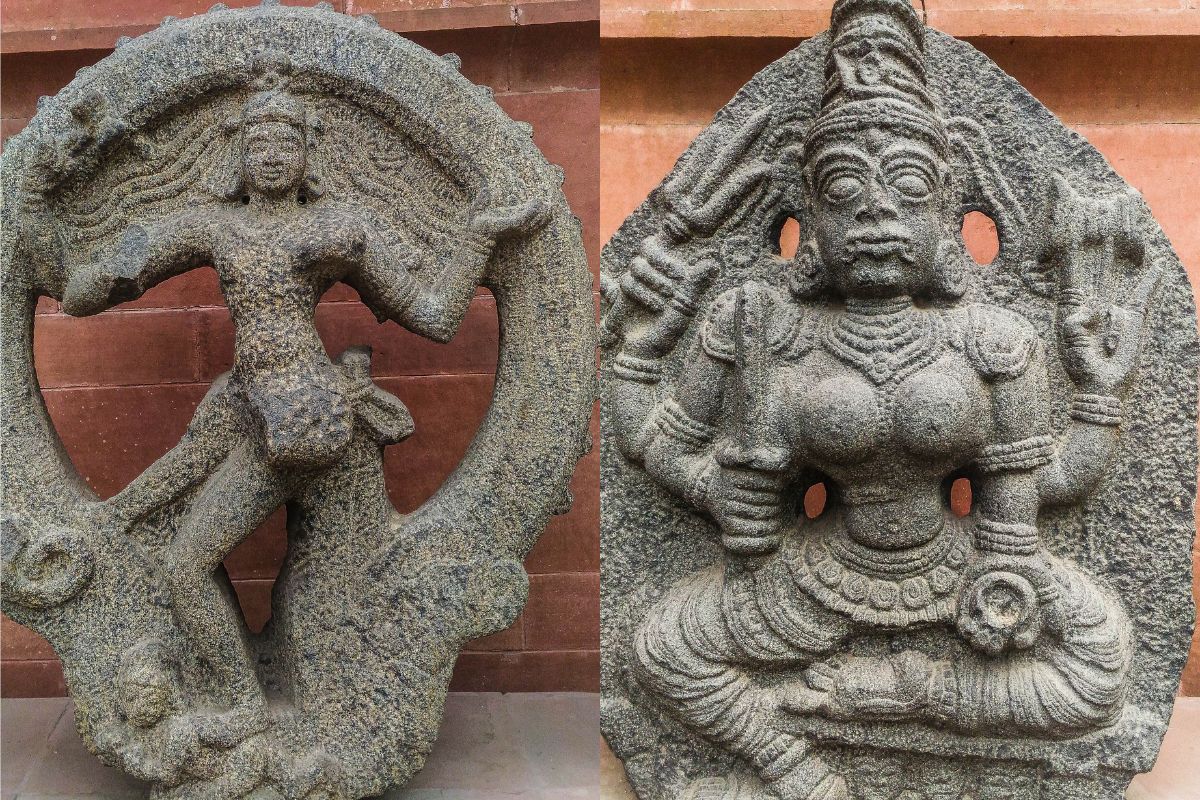
Conclusion: A Cultural Beacon
The National Museum is not just a repository of artefacts but a vibrant institution connecting India’s rich past with its dynamic present. This museum holds thousands of artefacts that narrate the story of India’s evolution from prehistoric times to the Mughals, pieces of Buddhism, and sculptures of the Indus Valley Civilization.
This makes it essential, particularly as an educational hub, as it is played in the region and globally. Thus, operating academic programs and educational exhibitions for children and people with peculiarities guarantees that history will be presented to all population categories.
For anyone seeking to understand India’s heritage or marvel at its artistic achievements across millennia, Delhi’s National Museum is an unmissable destination—a true testament to India’s unity amidst diversity.
Also Read: Chandrika Srinivas: A Parai Player Breaking Barriers and Preserving Heritage
You can connect with DNN24 on Facebook, Twitter, and Instagram and subscribe to our YouTube channel.

